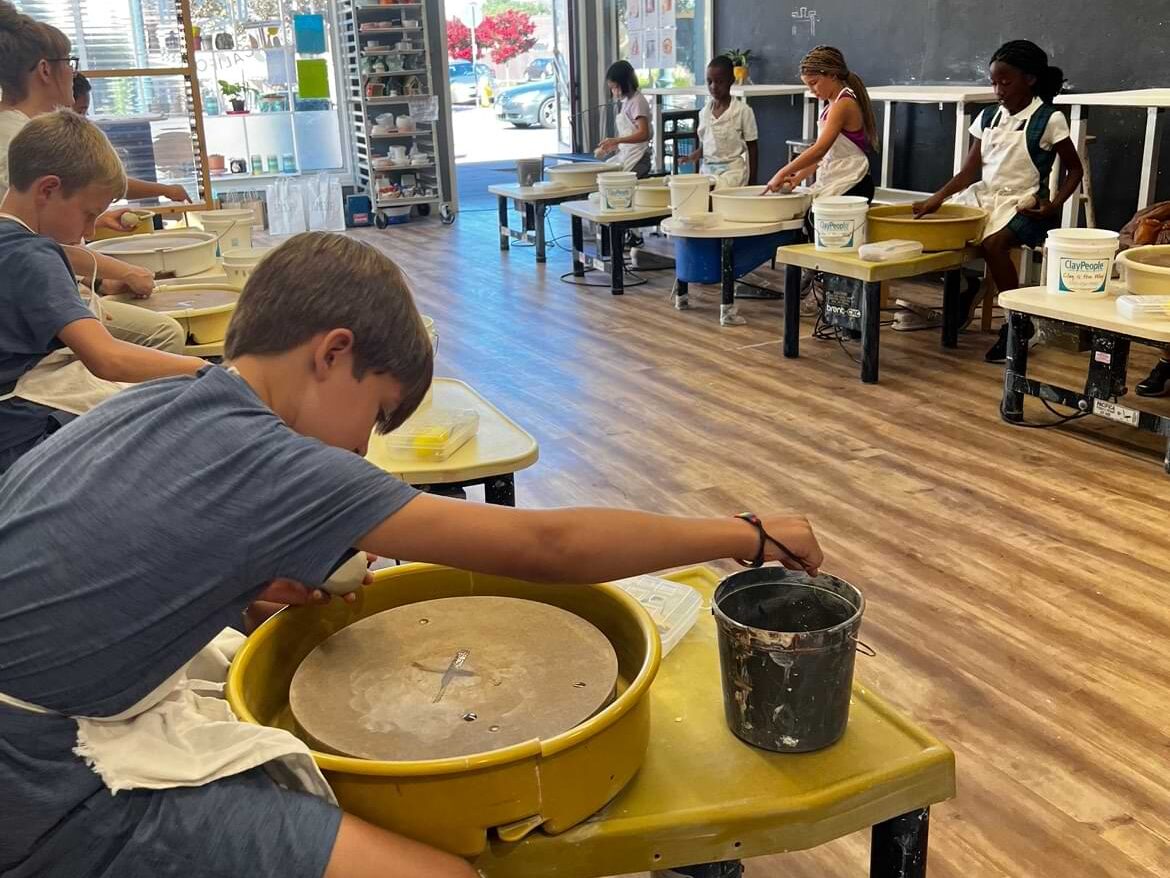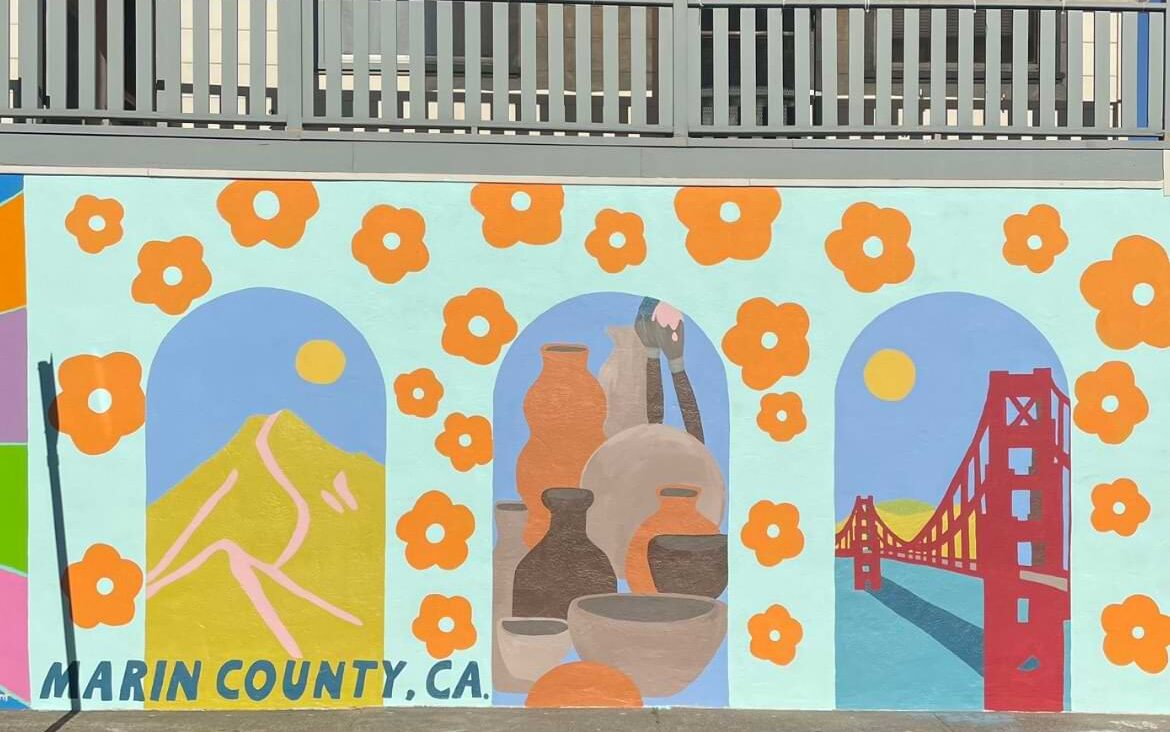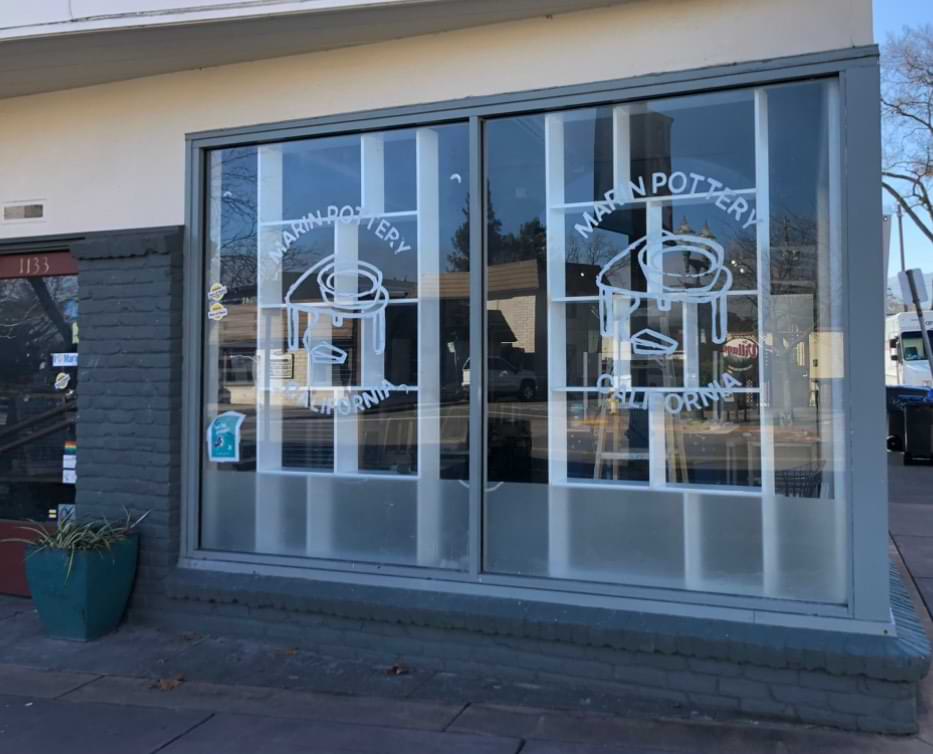Introduction
We recently caught up with Kebby, the creative force behind Marin Pottery in Novato, California. In a candid chat, she opened up about the journey of transforming her studio from a safe haven for potters during COVID to the lively community hub it is today. Kebby gave us the inside scoop on how she’s crafted a space that feels more like a second home than a studio, ensuring everyone who walks in feels welcomed. Dive into our conversation for a peek behind the pottery wheel at this unique studio! And make sure to check out Marin Pottery’s awesome events and classes!
Please introduce yourself and your pottery studio. What inspired you to start a pottery studio?
After years of working with clay, maintaining home studios, attending classes at community centers, and teaching, I had an epiphany during a cross-country drive amidst the COVID pandemic. I realized that my community, and I, needed a place to connect and create during these isolating times—a pottery studio where members could access almost 24/7. Initially focused on individual workstations for safety, my studio, Marin Pottery, has evolved into a thriving community space hosting classes for both adults and children. Gone are the isolation booths; instead, it’s a lively community of potters. The studio offers a warm, boutique-like ambiance that feels like a second home to many.
How did you first get into pottery, and what sparked your passion for working with clay? Can you share a bit about your artistic journey and the evolution of your pottery skills?
I have been involved with clay since high school, but it wasn’t until I attended a community college course that I realized the profound impact clay could have on mental health, connection, and creativity. Under the guidance of a professional production potter, I received exceptional instruction and felt inspired to establish my own home pottery studio. After experimenting with pottery for several years, I began teaching when my children started school, offering classes for both children and adults. My classes became increasingly popular, leading to the expansion of my business, which has served numerous public schools, private schools, and community centers in Marin County over the past two decades. Together with my team, I have imparted clay knowledge to thousands of individuals, from young children to adults.

What does it take to run a successful pottery studio? Any challenges you’ve faced along the way?
Marin Pottery is a small and mighty studio, our members are very involved in its success, which means understanding cleaning and organization. We use a recycled water technique to cut down on water waste and helps our pipes along the way, we have a unique system for cleaning floors to minimize any clay dust, and a system set in place for firing work. The challenge in the beginning was getting these ideas into our handbook so they could be followed easily. Now our members, students, and staff all follow and our studio runs smoothly!
Could you describe the range of classes and workshops offered at your studio?
Marin Pottery provides a range of classes and workshops for adults and children. Our adult ceramics classes cover hand building and wheel throwing techniques. We also offer specialized workshops in glaze application, surface design, and hand building projects. For those interested in a more focused experience, we have a hand building specialty class. Our children’s classes and pottery camps are designed to introduce young artists to the joys of working with clay. Additionally, we love hosting pottery parties, which are a favorite among our offerings.
What teaching methods or approaches do you find most effective in helping students learn pottery?
Drawing from experience in production pottery, I’ve found that there’s a strategic approach to centering clay that’s actually quite basic. Once our clay community grasps this concept, they tend to relax. It becomes quite predictable. One of the most enjoyable and rewarding techniques is encouraging people to close their eyes and feel the clay rather than relying solely on visual cues and trying to force a particular outcome. Centering is very much a tactile experience. All of the other throwing techniques seem to naturally progress once centering is conquered.
How do you create a welcoming and creative environment for your studio members? What makes your pottery studio unique in terms of atmosphere and community?
Drawing from my appreciation for aesthetically pleasing environments, I veered away from creating a traditional pottery studio. Instead, I envisioned a space that was cozy and inviting, like a cute coffee shop. Our studio boasts 10 wheels, hand building stations, a glaze area, slab roller, and an array of tools for creative exploration. Featuring wooden floors and table surfaces, it exudes warmth. Large windows not only provide ample natural light but also serve as displays for pottery and tools available for purchase. Green plants add vibrant splashes of color and life, while white shelving units brighten the space and showcase works in progress. A large chalkboard wall adds charm, serving as a canvas for drawings and instructional notes.

How has your pottery studio evolved since its opening? Any significant changes or expansions?
Opening Marin Pottery during COVID brought about significant changes, transforming it from a separate, members-only studio into a vibrant community of potters with diverse experiences and ages. My experience in opening art studios have helped maintain many original aspects, such as members’ cubbies, shelving, and work areas. However, we now have the opportunity to host more people and have eliminated individual workstations for isolation purposes. Our expansions focus more on accommodating various techniques that interest our community, which is fun to share and allow me to grow as a potter as well.
What are some of the most rewarding moments or achievements in your pottery journey so far?
The most fulfilling and rewarding aspect of our journey is our community! We consistently welcome individuals who share the same passion for pottery as I do. Marin Pottery experiences daily growth driven by genuine interest and word-of-mouth referrals, which I think this has contributed to the warmth of our members, students, and even staff. This appreciation for the space and each other is enriching and adds to the overall warmth of the studio.
What advice would you give to someone aspiring to start their journey in pottery?
For someone aspiring to start their journey in pottery, I would advise the following:
Prioritize Studio Safety: Understand the importance of studio safety, particularly regarding clay dust, a clean studio is crucial to prevent health hazards.
Consider Starting with Classes: If setting up a home studio, consider taking classes first. Pottery equipment can be expensive, and without a solid understanding of basic techniques and requirements, beginners may feel overwhelmed and not utilize their home studios effectively and safely.
Gain Experience through Educational and Art Centers: Most of my valuable experiences stem from continuing education classes and art centers. These environments offer a diverse community and experienced instructors who share insights from their vast experiences. Engaging with such communities can greatly enrich your learning journey in pottery.

Leave a Reply